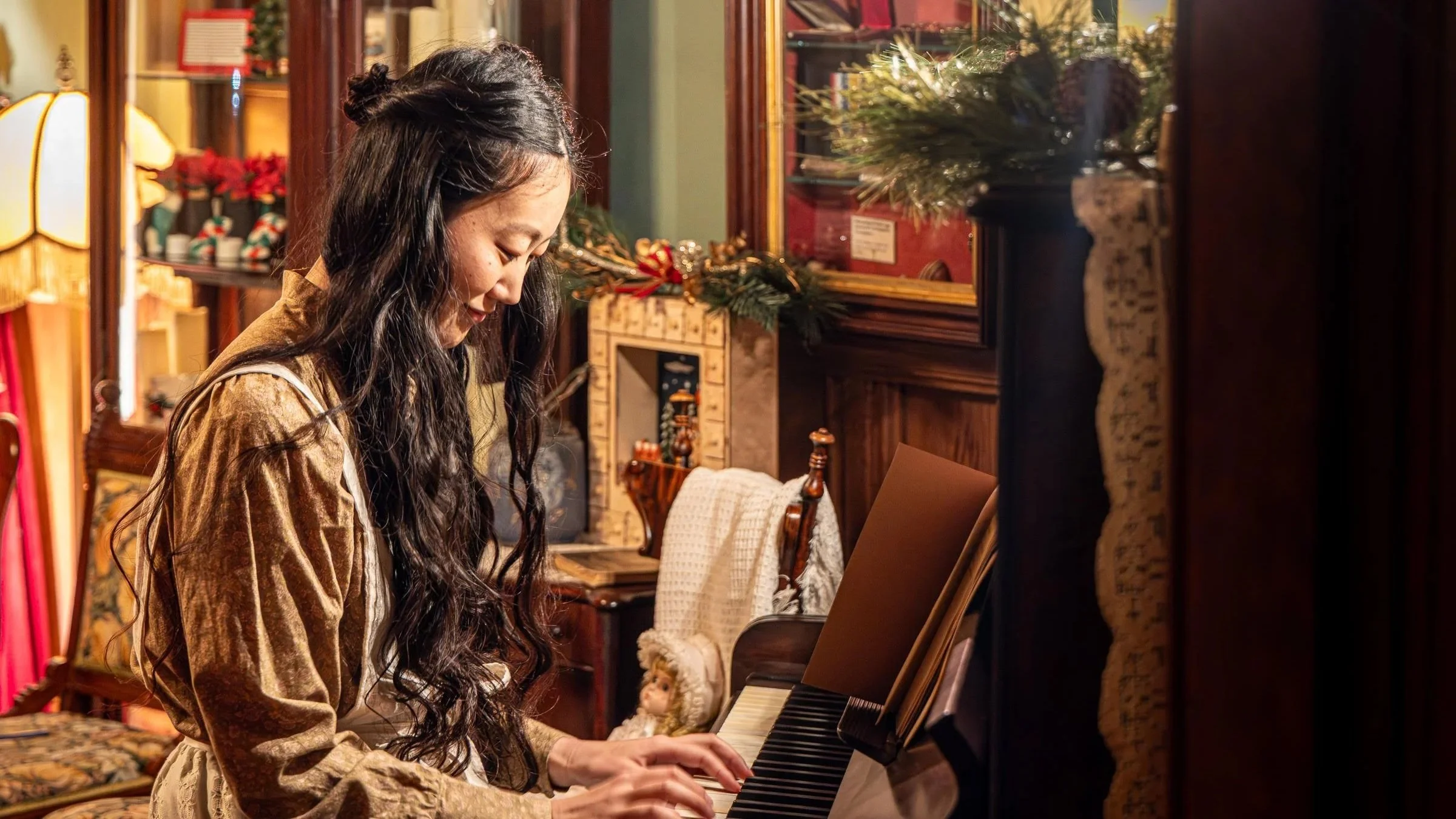Theatre review: This Is How We Got Here provides levity as it explores the weight of grief at the Firehall Arts Centre
In the wake of loss, family and friends struggle to navigate inner turmoil, even as they inadvertently hurt each other in the process
This Is How We Got Here, with Gordon Patrick White, Tasha Faye Evans, Lisa Cooke Ravensbergen, and Darcey Johnson. Photo by Sarah Race Photography
This Is How We Got Here is at the Firehall Arts Centre to April 28
EVERYONE EXPERIENCES grief differently. It can bring people closer together and drive them apart, suppress feelings or reveal them.
In This Is How We Got Here, Métis playwright Keith Barker shows us how loss can cause all of these things at once. The play, produced and presented by the Firehall Arts Centre follows Paul and Lucille roughly a year after tragically losing their son to suicide. Now separated, they struggle to bridge the growing gap between them. This disconnect seeps into their relationships with their closest friends and family, Jim and Liset. As the four of them stumble through their shared, repressed pain, an unexpected visit from a fox shakes them out of their emotional numbness.
At the outset of the story, long-time buddies Paul (Gordon Patrick White) and Jim (Darcey Johnson) find themselves on a quest to find Lucille (Tasha Faye Evan), who has set off in search of the fox. Before they push on, Paul pauses to acknowledge the land that they tread on. The play then situates the story in rural, small-town Canada, and hints at the theme of nature throughout.
Right from the start, unexpected humour also bubbles up; even in the midst of their frantic search, the two friends share a funny exchange. As Paul starts his acknowledgment, Jim, a bit uncertain, awkwardly chimes in until Paul nudges him to just listen.
In the mix of everyday moments tainted with tragedy, awkward and uneasy interactions between characters bring out the play’s humour, which is a refreshing break in what could have devolved into an overly heavy or sentimental tone. This levity also reflects in the narrative’s unhurried structure. The only time things feel urgent is when we're right there with Paul and Jim, scrambling to find Lucille. Apart from that, the story slowly unfolds through flashbacks, giving us a peek into each character and how they're coping with grief, both together and on their own. Barker also incorporates monologues into the structure, each character narrating a tale about a fox. These sections gradually intersect with the characters' personal and shared healing journeys in a touching way.
And their journeys are very different; while Lucille seeks emotional support in her dutiful and caring sister Liset’s home, Paul isolates himself and copes through drinking. For both Paul and his friend Jim, there's a clear form of self-imposed martyrdom: a belief that men should handle their feelings silently and stoically—and Paul says as much, openly criticizing his wife’s bereavement as dramatic and unstable. When this character finally experiences long overdue catharsis, it's convincingly gut-wrenching.
All the characters have their moments of being unsympathetic and gentle. With Paul, White balances brick-wall broodiness with the restless energy of someone desperately trying to escape his pain. Where he’s fully detached from his grief, his wife Lucille seems to be fully immersed in it. Evan convincingly sustains that energy throughout. Although her journey follows a more linear path, it serves as the show’s core, her fixation on the fox being her late son becomes the catalyst for her family and friends to confront their suppressed emotions.
The other couple, Jim and Liset, bring more lightness to the story, and actors Darcey Johnson and Lisa Cooke Ravensberg (who also codirects) both understand how to tap into a naturalistic rhythm of people who truly love each other and joke around, even as they struggle to navigate each other’s inner turmoil and sometimes inadvertently hurt each other in the process. Their more menial and comedic struggles to communicate—arguments about putting laundry in the correct place, for example—become just as vital to the play as Paul and Lucille’s more loaded interactions.
There’s a softness in the staging, with the lighting gradually changing in a gentle haze of colour and light fog that envelops. MJ Coomber’s sound design carries us through transitions without interrupting, creating a quietly hopeful atmosphere. This calmness allows the heavy subject matter to breathe. Kimira Reddy’s set is simple—no distinct rooms or furniture, just an open space scattered with birch trees, where the characters find themselves.
Death is a collective experience, so it’s truly puzzling why its aftermath has become so commonly isolating nowadays, regardless of how that death came about. This Is How We Got Here, plainly but not heavy-handedly, reminds us that the way through grief is finding solace and understanding among loved ones—even when the path can feel as heavy as the loss itself. ![]()













